 "scoob" (scoobsti)
"scoob" (scoobsti)
09/07/2013 at 13:07 • Filed to: F1
 1
1
 19
19
 "scoob" (scoobsti)
"scoob" (scoobsti)
09/07/2013 at 13:07 • Filed to: F1 |  1 1
|  19 19 |
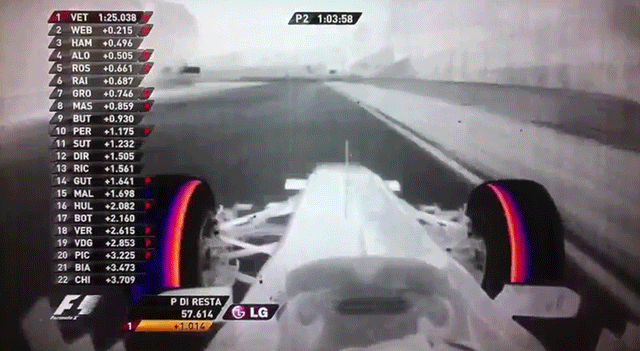
So I love this GIF, but I still don't get the magic wizardry of F1. If heated tires/tyres mean more grip, shouldn't the wheels on the inside of the corner be hotter than the ones on the outside? Don't the wheels on the inside of the corner have more grip? /Confused
 desertdog5051
> scoob
desertdog5051
> scoob
09/07/2013 at 13:13 |
|
The outside tires get the most load in corners. As you can see, the camber angle in the straights is biased toward the inside of the tire, but as it goes into a turn, the contact patch is equal across the tire. That assures maximum rubber contact for the most critical area where maximum traction is needed.
 The WB
> scoob
The WB
> scoob
09/07/2013 at 13:14 |
|
Inside tires have the least grip, due to weight transfer. Think about which direction you go inside the car when you make a turn. The weight of the car transfers to the outside wheels as a function of lateral G, track width, and CG height, regardless of any other factors.
More weight on the tire = more overall grip. This isn't linear always due to load sensitivity of tires, but Ff=mu*Fn
 Chase
> scoob
Chase
> scoob
09/07/2013 at 13:14 |
|
My guess is something along the lines of should vs are.
You want the tires on the inside to be hotter, but cornering inherently places the strain on the outside tire (weight transfer etc) which is why it heats up more.
don't know if that helps, my brains a little fried today
 pdthedeuce
> scoob
pdthedeuce
> scoob
09/07/2013 at 13:14 |
|
think about driving around a corner...the car leans over toward the outside of the corner . that is weight transfer, and all cars do it , even very flat cornering racecars .
 Blondude
> scoob
Blondude
> scoob
09/07/2013 at 13:22 |
|
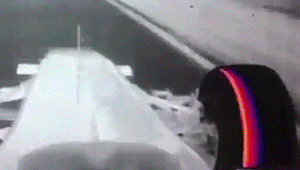
Weight transfers to outside wheel when turning, more weight pushing down on tire means more friction, more friction means more heat.
 Frank Grimes
> scoob
Frank Grimes
> scoob
09/07/2013 at 13:24 |
|
F1 Teams have all kinds of dark Magicks.
 Laird Andrew Neby Bradleigh
> scoob
Laird Andrew Neby Bradleigh
> scoob
09/07/2013 at 13:40 |
|
I see you've already got some answers... BUT... This all depends on caster, camber and toe. I'm not gonna explain that (you should just read up on that) Outside wheel Should AND will be hotter than the inner wheel, it's all about physics (load) as a car goes around a corner, you've got this thing called weight transfer.. it moves the point of load from the center to the outsisde. this in turn insures that the car has some degree of grip around the corner.. BUT... you do not want to loose TO much grip from the inside tire (and especially not the inside rear tire) 'cause that would make the car spin out to much, an you'd spin out,.. I'm not SURE about this, but a tad of understeer would be faster than oversteer... As for camber, caster and such... well—- More caster would normally mean more camber, and that COULD be a good thing. But not necessarily, because more camber could end up with a lesser contact surface..
Tl:dr.. I'm drunk and trying to describe caster/camber abd all that
 getchapopcorn
> Laird Andrew Neby Bradleigh
getchapopcorn
> Laird Andrew Neby Bradleigh
09/07/2013 at 13:50 |
|
The load doesn't 'insure' anything, surely.
 Laird Andrew Neby Bradleigh
> getchapopcorn
Laird Andrew Neby Bradleigh
> getchapopcorn
09/07/2013 at 13:58 |
|
Bad choice of words I suppose, that' because English is not my native language :)
I'll try again :) That in turn gives the car a certain degree of slip factor, and when in turn in makes a driver more confident about when/where the back/front will step out.
better? I'm truly sorry, but I'm rather inebriated right now, perhaps I should not give answers to things like this :)
 feather-throttle-not-hair
> scoob
feather-throttle-not-hair
> scoob
09/07/2013 at 14:01 |
|
F1 cars are just like anything else. Inside wheels do the least. Sometimes they just hang out there in the air doing absolutely nothing.

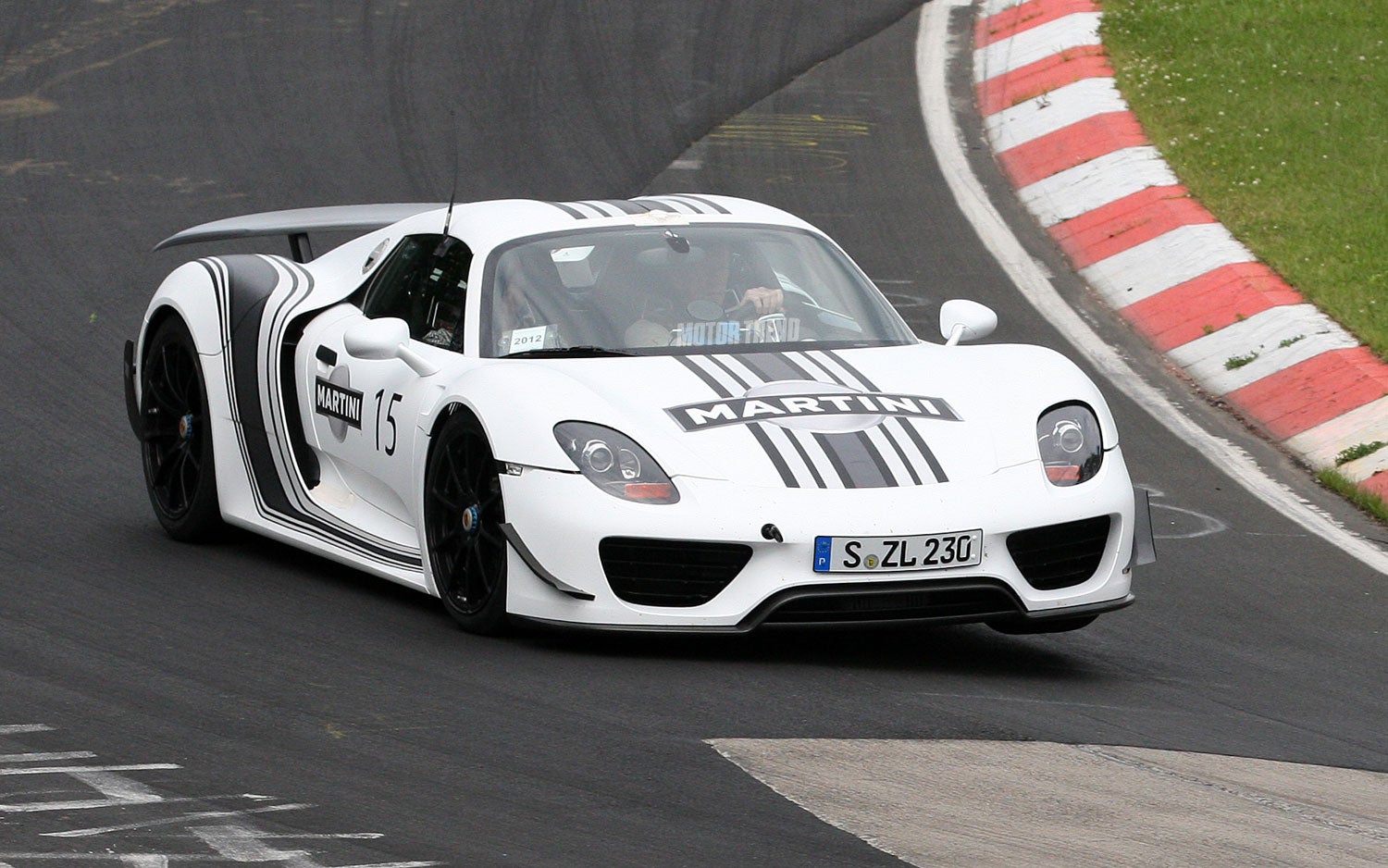
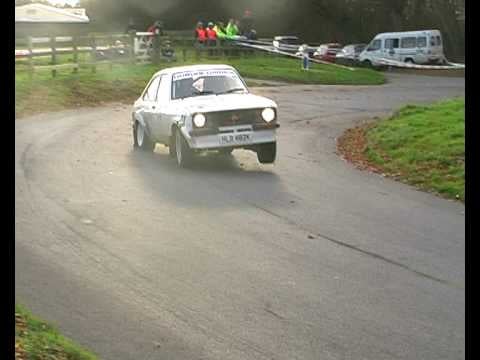
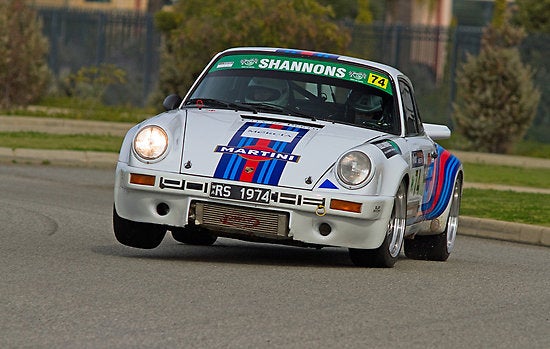
 Arch Duke Maxyenko, Shit Talk Extraordinaire
> scoob
Arch Duke Maxyenko, Shit Talk Extraordinaire
> scoob
09/07/2013 at 14:37 |
|
magnets
 getchapopcorn
> Laird Andrew Neby Bradleigh
getchapopcorn
> Laird Andrew Neby Bradleigh
09/07/2013 at 14:40 |
|
hahaha, I'm sorry, man. You were just off a letter; "ensure" was the word you were looking for! I had NO clue that english wasn't your first language — you're certainly an IRL level 5!
 itsnothere
> scoob
itsnothere
> scoob
09/07/2013 at 15:04 |
|
follow the lean/weight.
When you make a turn watch which way things slide or move inside your car. Thats the side the weight is shifting to.
 Leadbull
> scoob
Leadbull
> scoob
09/07/2013 at 15:15 |
|
DAT WEIGHT TRANSFER
(I know it's been said, but it hasn't been said like that)
 doodon2whls
> scoob
doodon2whls
> scoob
09/07/2013 at 15:49 |
|
During cornering, the vehicle is always trying to go off in a straight line, and the tires generate lateral force to keep the vehicle on course (to navigate the corner). This lateral force is balanced by the vehicle mass*lateral accel which for kinmatic's sake can be assumed to react through the CG of the vehicle. The CG is not likely on the ground plane, but maybe a few inches above it on an F1 car. The 1997-2002 Viper CG height was ~17" (43cm) above the ground plane. MRAP's have a CG in the range of ~63" (160cm) above the ground plane. Assume for a second that the vehicle suspension if fixed. The resulting moment about the center of the car on the ground plane generated by the vehicle mass*lat-accel*CG height can be characterized as 'weight transfer'. For a vehicle with compliant suspension, it gets a little more complicated because you have to consider the F/R suspension roll centers in addition to this moment effect. It is possible to dream up a suspension with a roll center above the CG, and that vehicle's chassis would lean into the corners, but there would still be weight transfer unless the CG was on the ground plane (or below, if that was possible).
The total mass of the vehicle doesn't change during corning (of course). The sum of the normal forces through the contact patches still equals the vehcile mass*g, but the distribution of those forces is significantly changed.
TL;DR; It's weight transfer. ;-)
 doodon2whls
> doodon2whls
doodon2whls
> doodon2whls
09/07/2013 at 16:19 |
|
Corrections: (Damn mobile keyboard, my apologies.)
*kinematics, *suspension _is_ fixed, *cornering
Also: Damn... Meme Generator is broken/laggy right now... Imagine [[Alien Guy Discovery Historian meme image 'WEIGHT TRANSFER'.jpg]] here.
 Laird Andrew Neby Bradleigh
> getchapopcorn
Laird Andrew Neby Bradleigh
> getchapopcorn
09/07/2013 at 19:47 |
|
Ahh.. Well, a letter here and a letter there... That would be because I'm friggin' dyslectic mate :) No harm done :)
 Squid
> Arch Duke Maxyenko, Shit Talk Extraordinaire
Squid
> Arch Duke Maxyenko, Shit Talk Extraordinaire
09/07/2013 at 20:05 |
|

 Laird Andrew Neby Bradleigh
> getchapopcorn
Laird Andrew Neby Bradleigh
> getchapopcorn
09/07/2013 at 20:27 |
|
Ohh.. what's an IRL 5? :)